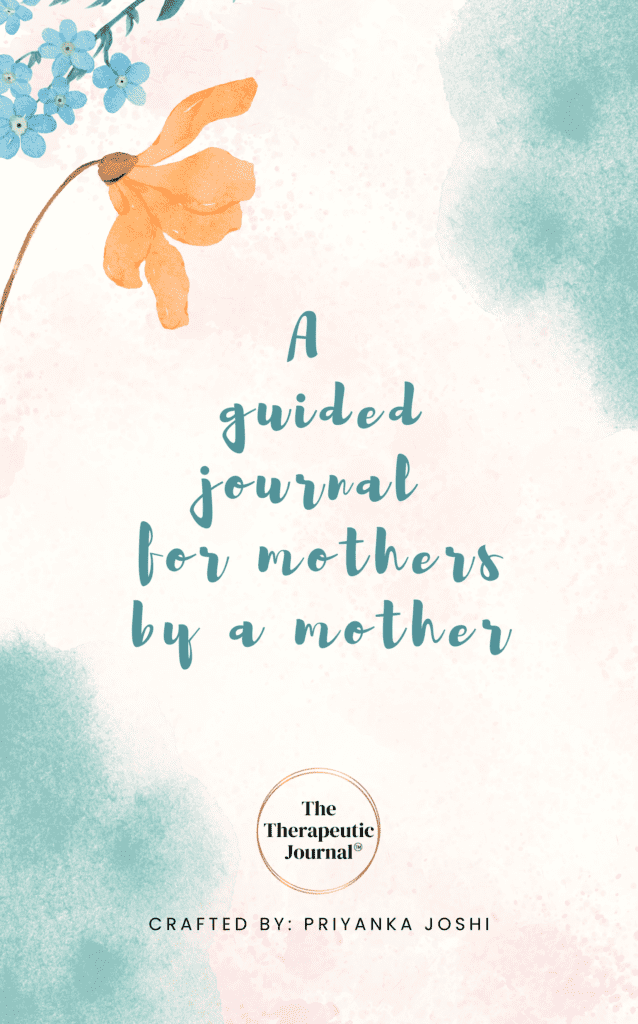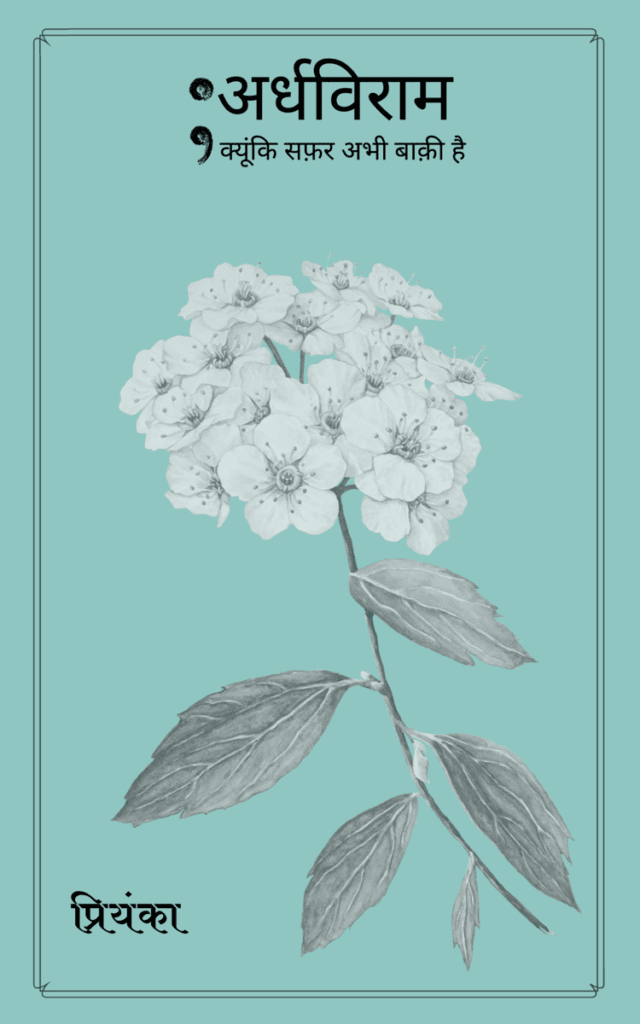Table of Contents
Trichotillomania is a medical condition that causes sufferers to pull their hair from the scalp, eyelashes, or eyebrows. It is classified as a Body-Focused Repetitive Behavior (BFRB), which is when an intense urge comes over the sufferer to start and repeat the behaviour. Other examples include nail biting and skin picking.
Trichotillomania falls under Obsessive-Compulsive and Related Disorders and is diagnosed and treated as a mental health disorder. Over time, sufferers can end up with complete loss of eyelashes and eyebrows, hair loss, and bald patches on the scalp.
This condition can cause severe damage to self-confidence since the effects are often highly visible to others. But it’s essential that the underlying issue is treated so that hair pulling can be reduced over time and eventually stopped.
If you suspect that you or a loved one may be suffering from this condition, it’s helpful to take some time to understand the condition more fully. So, here is everything you need to know about the hair-pulling disorder known as trichotillomania.

What is Trichotillomania?
Previously, trichotillomania was classified as an impulse control disorder, but as an understanding of the condition has developed over time, medical practitioners now refer to it as a Body-Focused Repetitive Behavior under the umbrella of Obsessive-Compulsive and other related disorders.
Classification of conditions such as trichotillomania is important as it can impact the depth of understanding of the triggers and underlying causes of the condition as well as developing a plan for treating trichotillomania.
Although symptoms can come and go or dip and rise in intensity due to the presence or absence of certain triggers, trichotillomania is a long term condition and almost always requires some sort of professional intervention.
The important thing to remember about the nature of the condition is that those who suffer have no control over their actions. Much like an addiction, the impulse to pull hair feels irresistible to those with trichotillomania.
The Symptoms of Trichotillomania
The symptoms of trichotillomania are hair pulling which often results in bald patches on the scalp, eyelashes, or eyebrows. Unfortunately, there is a lot of shame associated with the condition, and sufferers can often go to great lengths to hide the resulting hair loss.
Hair pulling can occur on the scalp, eyelashes, and eyebrows, as well as from the chest, stomach, face (beard pulling), genital area, arms, and legs.
The psychological symptoms include an intense urge to pull the hair. The pressure to follow this impulse builds and builds until the sufferer cannot resist any longer and starts to pull. With the pulling comes intense relief and comfort, which is the insidious nature of the condition.
In the mind of those suffering from trichotillomania, they may focus on a feeling that a single hair doesn’t feel “right” and needs to be removed. But this quickly escalates into other hairs feeling the same until soon, the hair-pulling becomes habitual.
Hair pulling can be absent-minded (where the puller is not focused but may pull hairs without thinking about it while watching TV, for example) or conscious.

What Causes Trichotillomania?
The exact causes of trichotillomania may vary and remain up for debate among the professional psychological community. But most agree that hair pulling can be an impulse that results from feeling high levels of emotional distress, anxiety, and/or stress. However, the sufferer may not even be aware that these underlying feelings exist and are, therefore, the root cause of their hair pulling.
Other schools of thought include the labelling of trichotillomania as a form of self-harm. People commonly self-harm as a way to relieve stress or anxiety caused by environmental factors and psychological distress as a result of trauma.
Feelings of self-loathing, guilt, and shame are closely associated with the impulse to self-harm, which is also commonly seen in trichotillomania.
Other theories include brain abnormalities and genetic factors, where a specific gene can cause the tendency towards hair pulling to be inherited from one generation to the next.
Many think that factors such as low serotonin levels and changes in hormone levels also contribute to the development of the condition.
How common is it Trichotillomania?
Trichotillomania is a hugely prevalent condition, but it tends to fly under the radar quite a lot due to the often secretive nature of the condition. Because of the feelings of shame associated with hair pulling, people tend to suffer in silence rather than seeking help. Many suffer for years before finally seeking treatment.
For that reason, it’s difficult to say exactly what proportion of the population has trichotillomania, but studies estimate it is between 1-2% of people, with some studies estimating it may be as many as 4 in 100 people.
One thing that has become clear is that women are affected much more than men by this condition, although the exact cause for that is not fully known.
Although trichotillomania is most likely to occur during the onset of puberty (between 10 and 13 years of age), hair-pulling can begin at any age. Some infants can develop a habit of hair pulling, but in very young children they often grow out of it without needing any further intervention.
Trichotillomania can also come in conjunction with other mental health conditions and symptoms, including:
- Anxiety disorders
- Eating disorders
- Depression
- Substance abuse
- Personality disorders
- Obsessive-compulsive disorders
Other risk factors for developing the condition include:
- Traumatic experiences (such as child abuse)
- High levels of stress and emotional turmoil
- Genetic predisposition
What are the risks associated with Trichotillomania?
The main risks of trichotillomania are to the emotional well-being of those who suffer from the condition. It’s often triggered by different emotional states including stress, anxiety, boredom, or tension. Hair pulling, therefore, becomes a vicious cycle of feelings of stress or tension building up before being released through the action of hair-pulling.
Over time, as this leads to noticeable hair loss, self-confidence can be hugely impacted. The guilt and shame associated with the condition often cause people to withdraw and feel a lack of willingness to reveal that they are suffering or to seek help. The lack of awareness and willingness to reveal the condition means that, as it goes untreated, it simply gets worse over time.
The hair-pulling disorder can also lead to (or be associated with) the presence of other conditions associated with the pulling of hair. For example, sometimes those who pull their hair often feel an impulse to chew and swallow the hair that is pulled. This condition is separately labelled as trichophagia.
It can have serious health implications including nausea and vomiting, stomach pain, and bleeding in the stomach. When the stomach bleeds due to trichophagia, this can also lead to anaemia.

Treatment for Trichotillomania
Trichotillomania should always be diagnosed by a medical practitioner, preferably one who specializes in hair pulling and other Body-Focused Repetitive Behaviors. To diagnose the condition, they may ask questions including:
- How often do you pull your hair out
- Whether you have any noticeable hair loss
- The feelings you experience before and after pulling your hair
- Whether your hair pulling has had an impact on day-to-day life such as loss of confidence
Once a diagnosis has been obtained, there are several treatment options available. In the short term, sufferers may seek to cover up hair loss with wigs for the head, beauty treatments for the eyebrows, etc. while undergoing therapy to treat the root cause.
A common form of treatment for trichotillomania is Cognitive Behavioral Therapy (CBT). During CBT, the therapy aims to change the behavior (in this case, hair-pulling) by:
- Helping you understand your condition more fully
- Awareness therapy so sufferers can practice noticing the triggers, actions, and emotions that lead to their hair pulling
- Creating new responses to the urge to pull your hair (for example, when the urge arises, you may try to train yourself to clench and unclench your fist instead)
- Placing physical barriers (such as hats) over your head to stop you from automatically responding to the urge to pull hairs
- The involvement of close family and friends in your treatment to support you along the journey
More specific forms of this therapy are also called Habit Reversal Therapy (HRT) and they are used to treat a wide range of repetitive and/or obsessive behaviors.
How to Help
If someone you know suffers from trichotillomania, it’s essential to provide them with empathy and support. The worst thing family and loved ones can do is to be dismissive of symptoms or the emotions that come with the hair-pulling disorder.
Ensure the sufferer knows explicitly that they have your full support in seeking treatment options and that you are coming from a place of non-judgment.
Try to educate yourself as fully as possible on the condition itself and the potential treatment options that can be sought.
Help them through any exercises or instructions they receive from their therapist to help them stay on track. This is especially important for parents of young people who are going through treatment for trichotillomania.
Now that you understand the essential information about trichotillomania, you can start to seek treatment or provide support to anyone you know who may be suffering from the hair-pulling disorder.









One Response
Thanks for sharing this thought really help me a lot keep posting such amazing ideas